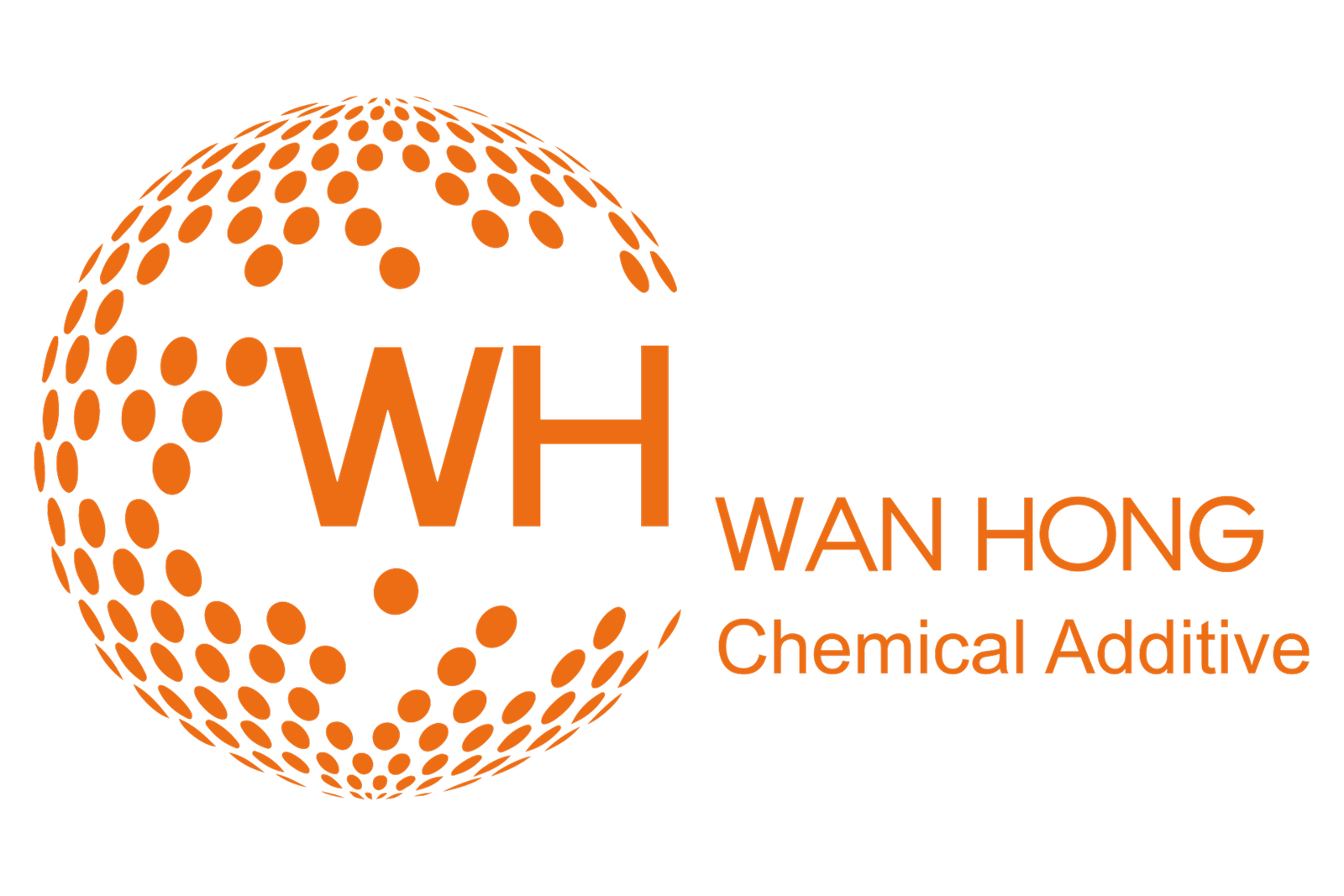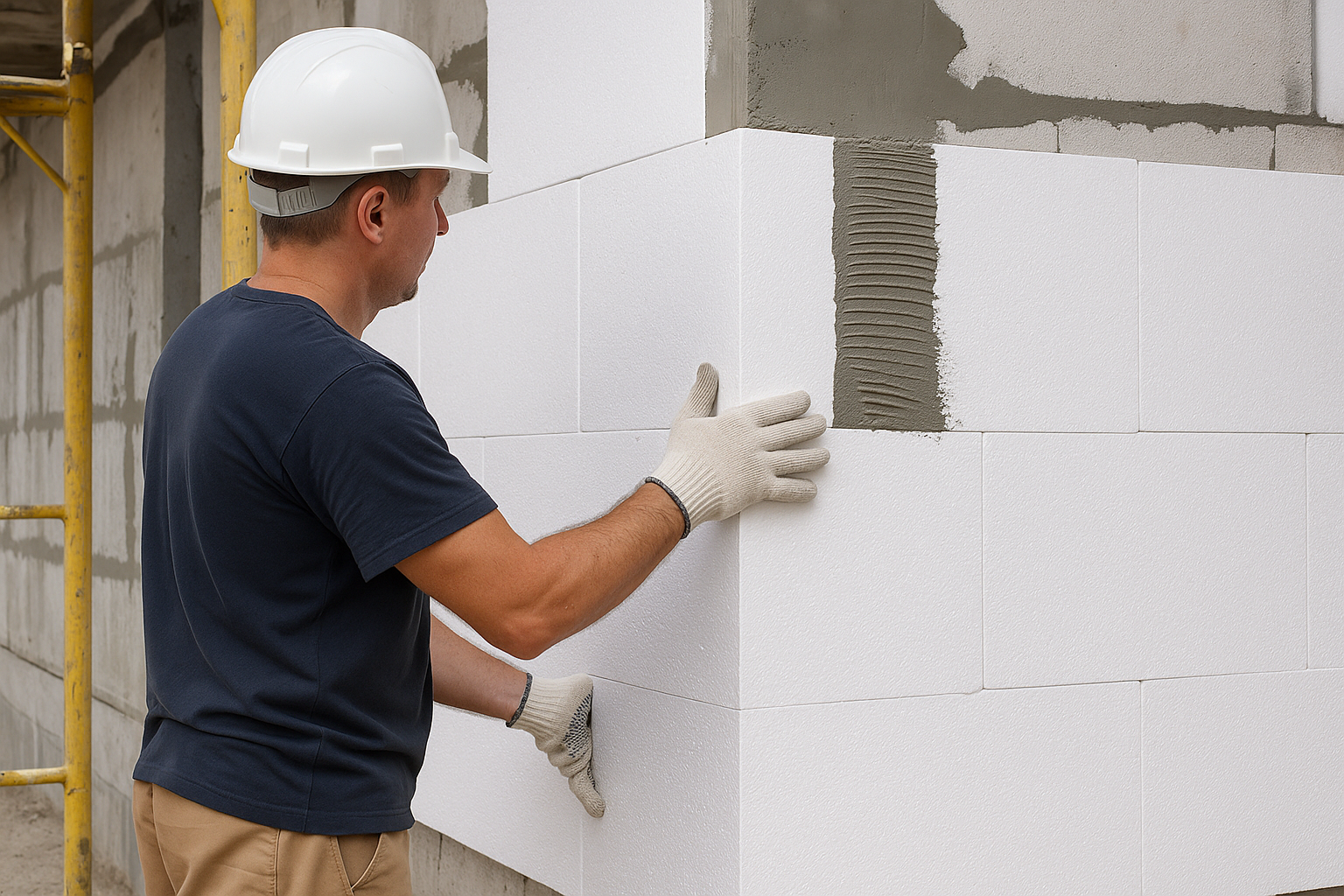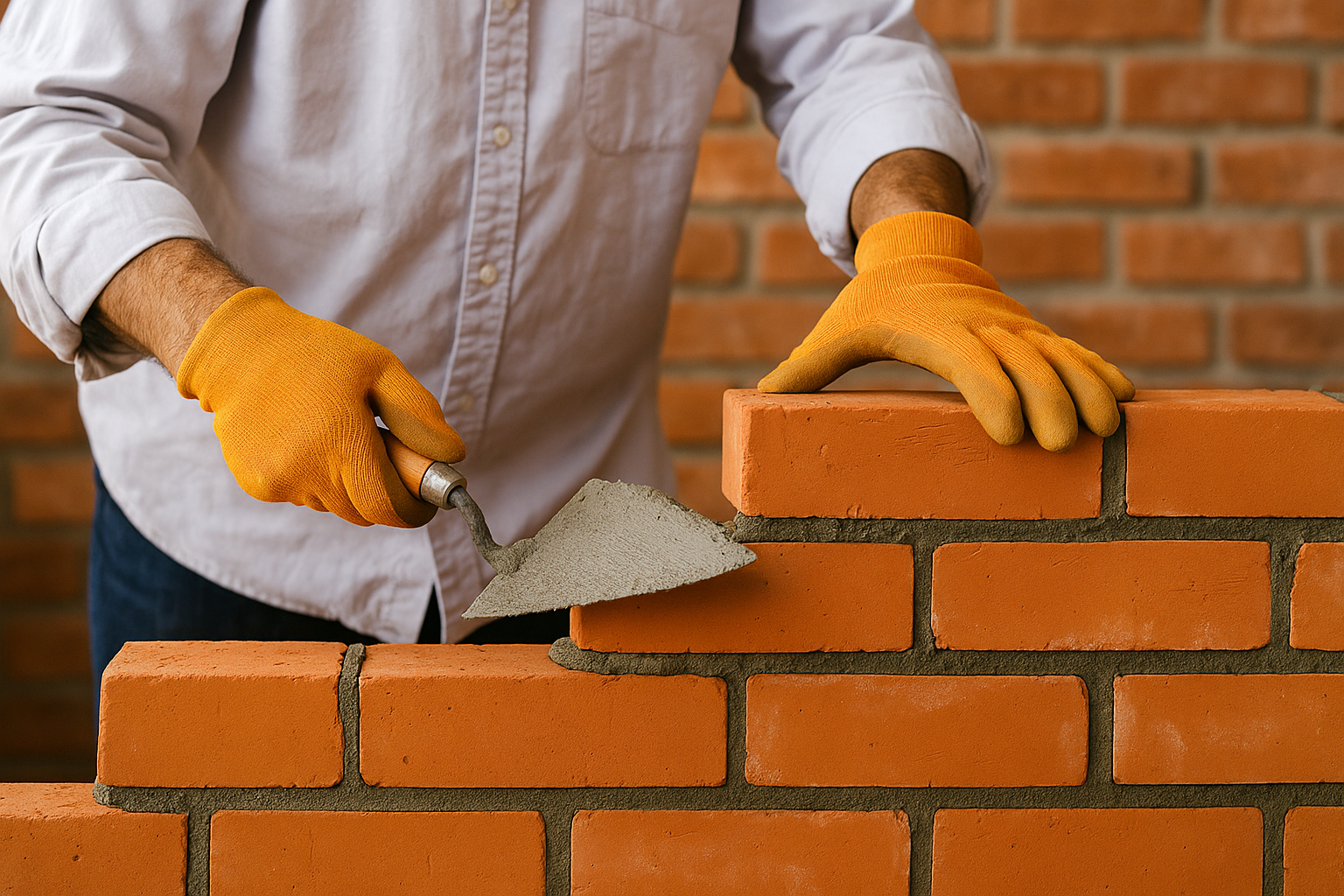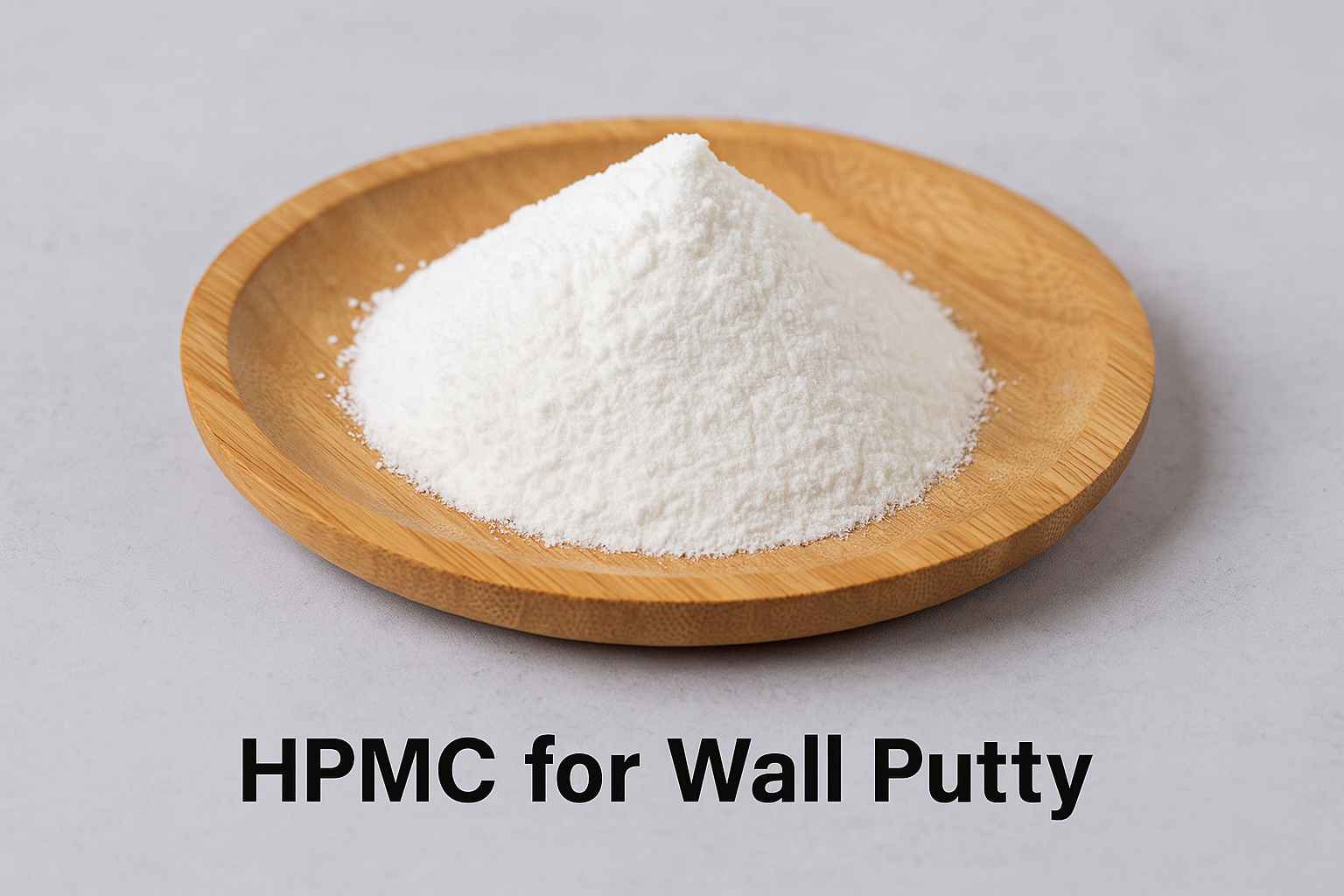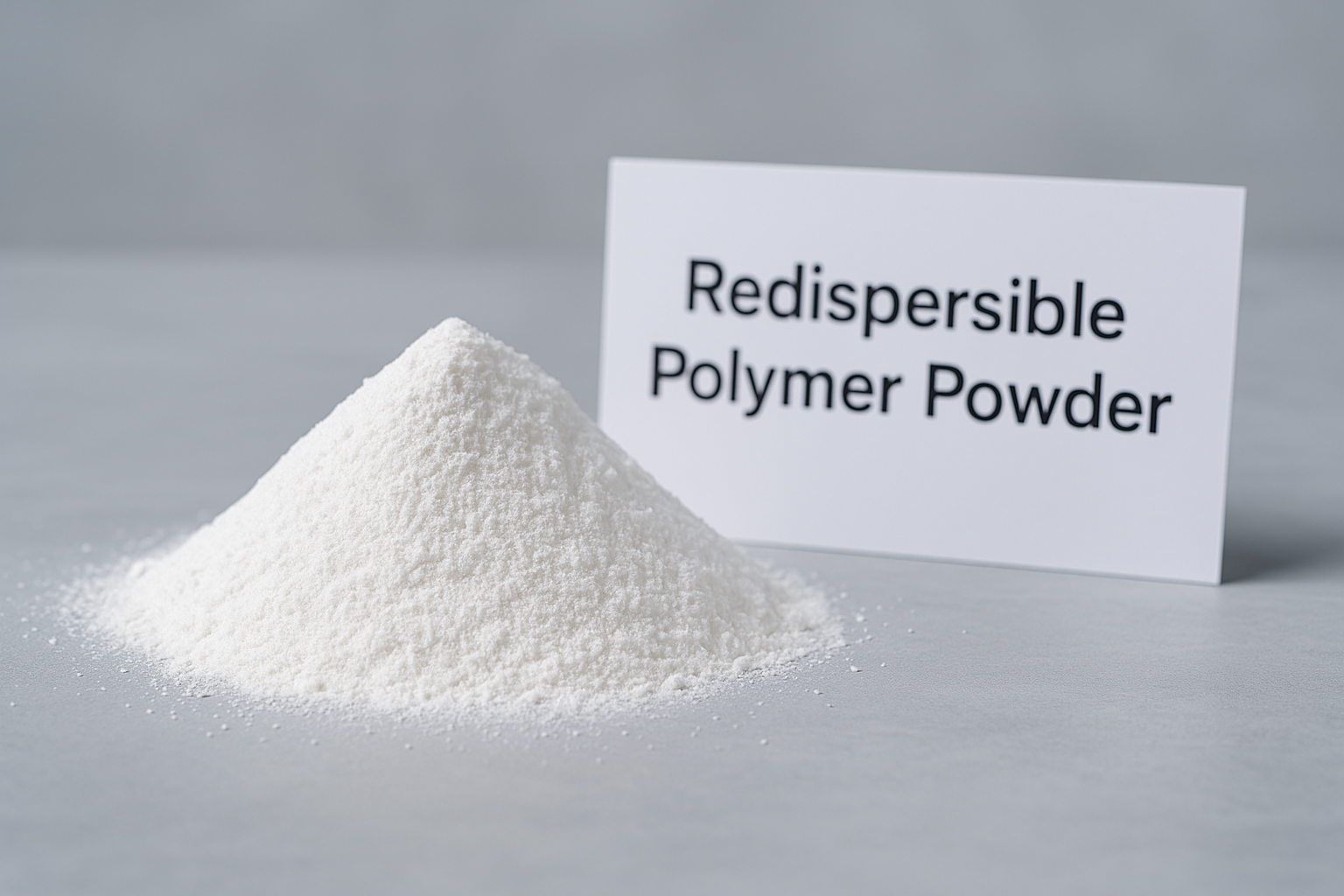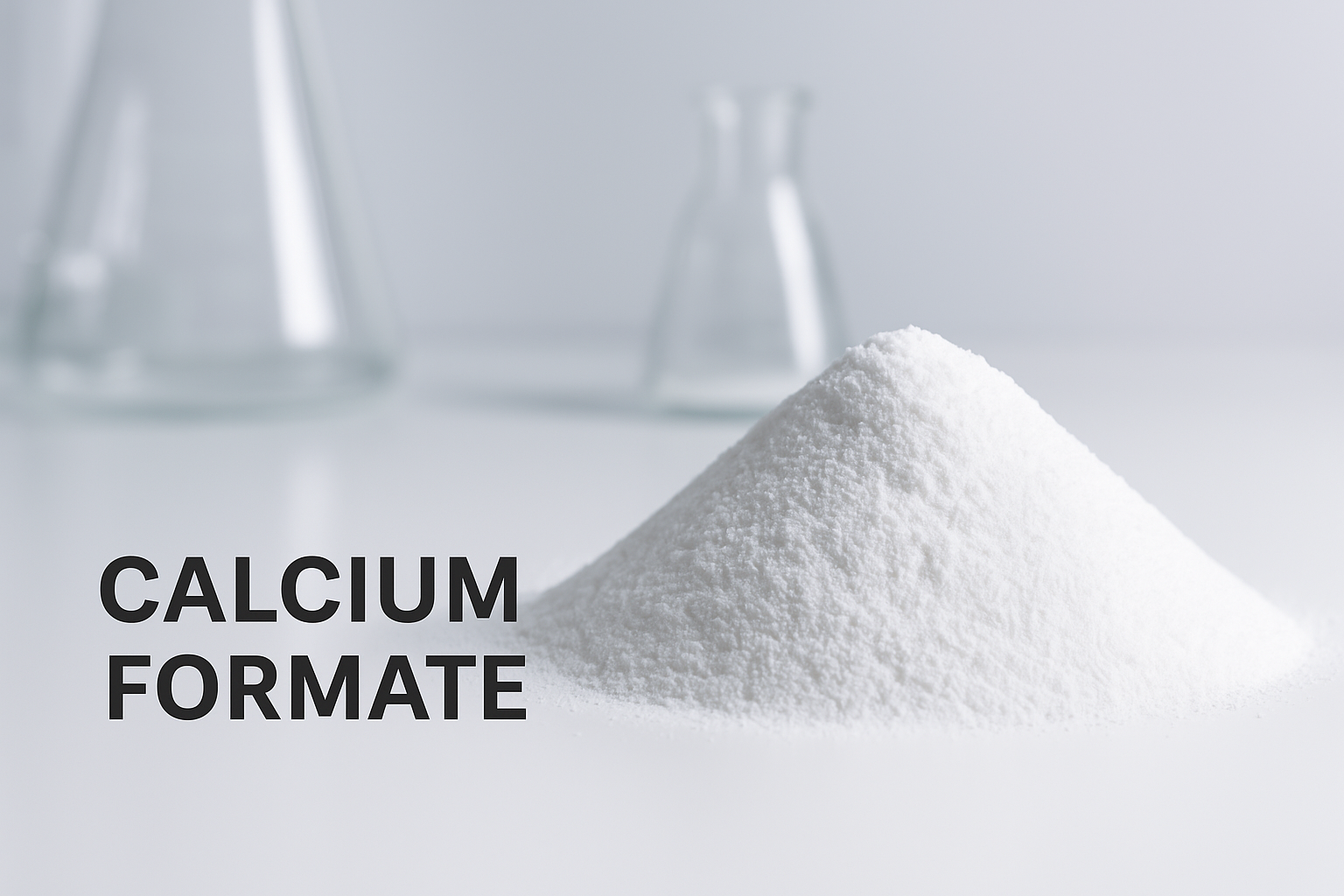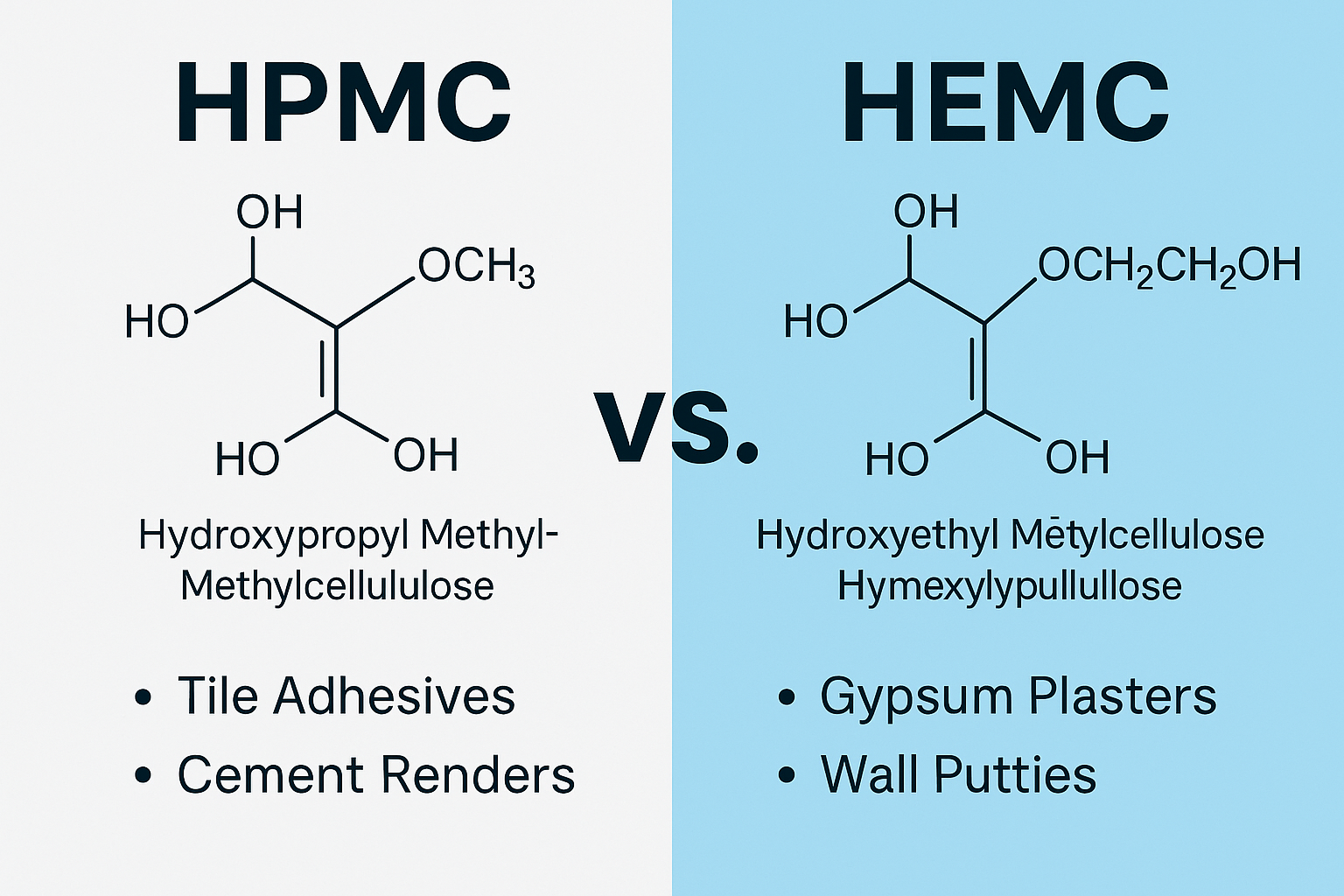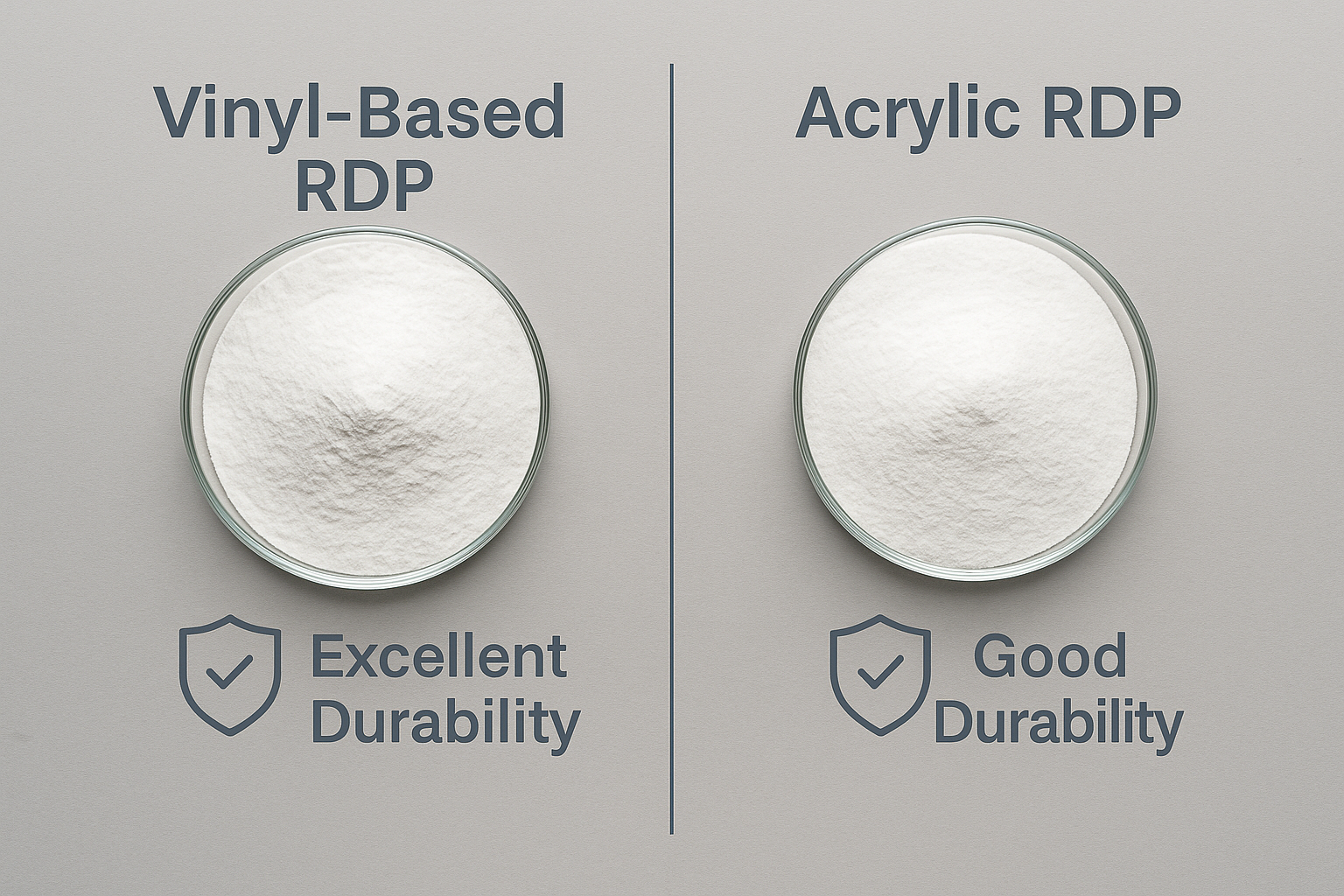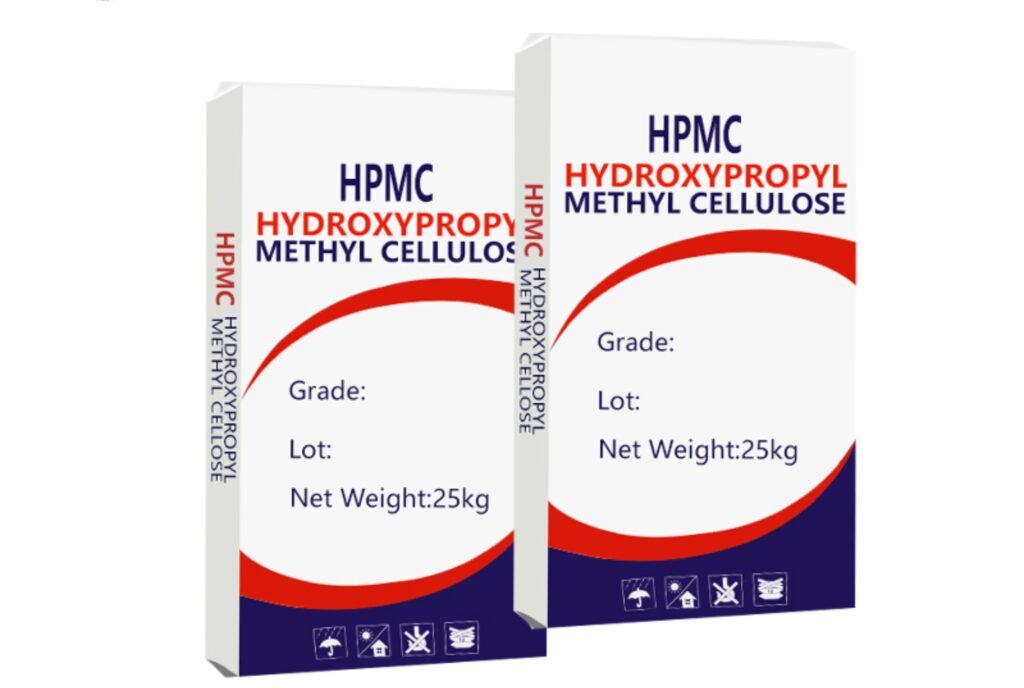Struggling with EPS panels that detach from walls? Poor adhesives waste time and money while compromising building safety. Our specialized formulations solve these critical issues.
EPS adhesive1 is a specialized mortar-based bonding material2 designed to securely attach expanded polystyrene3 (EPS) or extruded polystyrene (XPS) insulation boards to various building substrates. Quality formulations contain cellulose ethers for water retention and redispersible polymer powders4 for flexibility and adhesion strength.
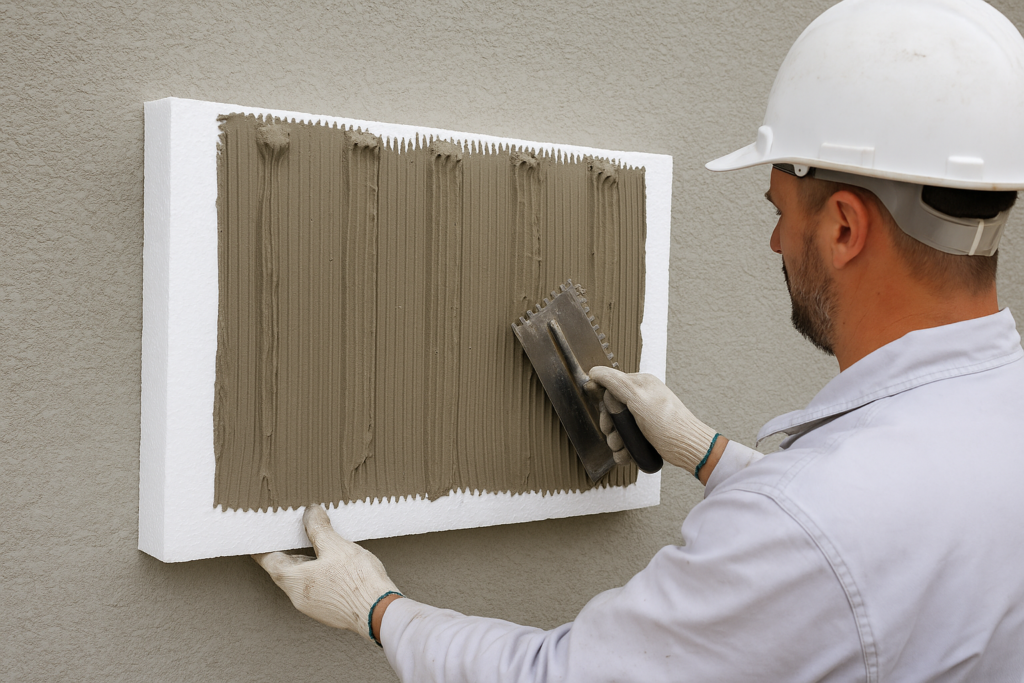
I've been in the construction materials industry for over 15 years, and I've seen countless projects fail due to poor-quality EPS adhesives. Let me share what makes our products different and why proper formulation matters for your insulation projects.
What Makes a High-Quality Mortar Bonding Adhesive for EPS/XPS Board?
Pain point: Substandard adhesives cause insulation board failure, creating costly repairs and energy efficiency losses. Your reputation is at stake with every installation.
A high-quality EPS/XPS bonding adhesive must contain properly balanced cement, sand, cellulose ethers (HPMC5), and redispersible polymer powder (RDP6). These components ensure water retention, workability, strong adhesion, and flexibility to withstand temperature changes and structural movement.
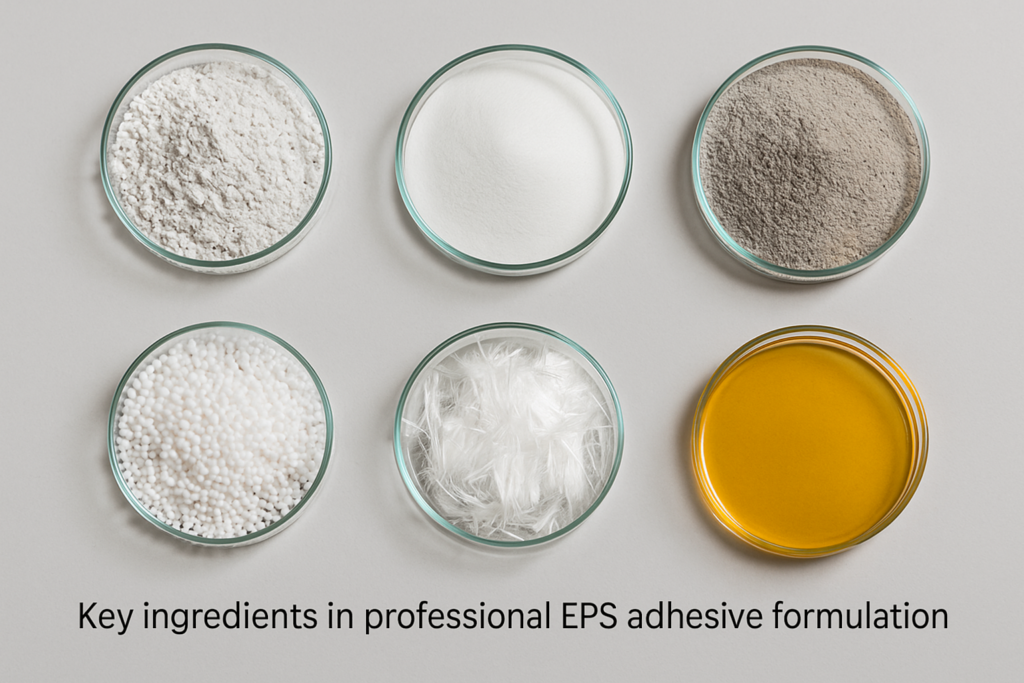
When formulating EPS adhesives, balance is crucial. I've worked with customers across Saudi Arabia, UAE, and other markets where extreme temperature variations put immense stress on building materials. The cement component provides structural strength, but it's the additives that transform basic mortar into a specialized adhesive.
For optimal performance, we recommend a formulation containing 0.2-0.3% HPMC5 (hydroxypropyl methylcellulose) with viscosity between 100,000-150,000 mPa·s. This specific grade ensures proper water retention without excessive stickiness. Additionally, incorporating 2-3% VAE or VAC redispersible powder significantly enhances bond strength and flexibility.
Many manufacturers attempt to reduce costs by using lower-grade additives, but this compromises performance. In my experience working with large mortar factories in the Middle East, those who invest in quality additives receive fewer callbacks and warranty claims. This ultimately improves their reputation and profitability despite the slightly higher initial material cost.
Recommended Formulation Ratios
| Component | Percentage | Function |
|---|---|---|
| Portland Cement | 25-30% | Structural strength |
| Graded Sand | 65-70% | Body and workability |
| HPMC | 0.2-0.3% | Water retention, workability |
| RDP | 2-3% | Adhesion, flexibility |
| Other Additives | 1-2% | Setting time, workability |
What Are the 2 Key Ingredients for Your EPS Insulation Adhesive?
Problem: Many manufacturers struggle to achieve consistent quality in their EPS adhesives, leading to performance variations and customer complaints about product reliability.
The two critical ingredients for superior EPS insulation adhesive are high-viscosity hydroxypropyl methylcellulose (HPMC) and vinyl acetate-based redispersible polymer powder (RDP). HPMC controls water retention and workability, while RDP provides essential flexibility and adhesion strength for long-term performance.
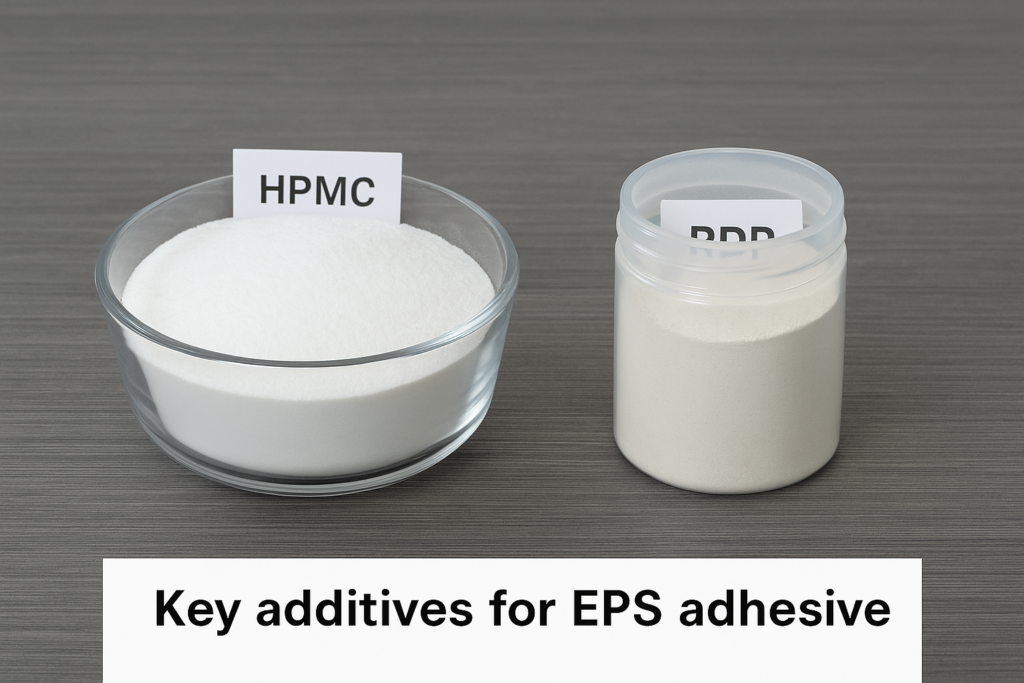
I regularly consult with mortar manufacturers to optimize their formulations. During a recent factory visit in Dubai, I demonstrated how proper HPMC selection can transform adhesive performance. The factory had been using a generic cellulose ether that caused inconsistent water retention. By switching to our Kehao HPMC 150,000 mPa·s grade, they achieved 30% better water retention and extended open time.
The viscosity of HPMC5 is critical - too low (below 75,000 mPa·s) and water retention suffers; too high (above 200,000 mPa·s) and the mixture becomes difficult to work with. Our laboratory testing confirms optimal performance between 100,000-150,000 mPa·s for EPS adhesive applications.
Similarly, redispersible polymer powder quality significantly impacts adhesion strength. In accelerated aging tests, adhesives containing our premium VAE powder maintained 95% bond strength after 500 freeze-thaw cycles, while standard formulations dropped to 60% strength. This translates directly to real-world performance and durability.
Performance Comparison of Different HPMC5 Grades
| HPMC Viscosity | Water Retention | Workability | Open Time | Overall Performance |
|---|---|---|---|---|
| 75,000 mPa·s | Moderate | Excellent | 15-20 min | Good |
| 100,000 mPa·s | Good | Very Good | 20-25 min | Very Good |
| 150,000 mPa·s | Excellent | Good | 25-30 min | Excellent |
| 200,000 mPa·s | Superior | Fair | 30-40 min | Good (too sticky) |
How to Create the Perfect EPS Adhesive Formulation with WANHONG Additives?
Problem: Creating consistent, high-performing EPS adhesive formulations requires precise additive selection and proper mixing procedures, which many manufacturers struggle to perfect.
The perfect EPS adhesive formulation with WANHONG additives requires proper proportioning (25-30% cement, 65-70% sand, 0.2-0.3% HPMC5, and 2-3% RDP6), correct mixing sequence (dry blend additives first, then cement and sand), and quality control testing for water retention, adhesion strength, and flexibility.
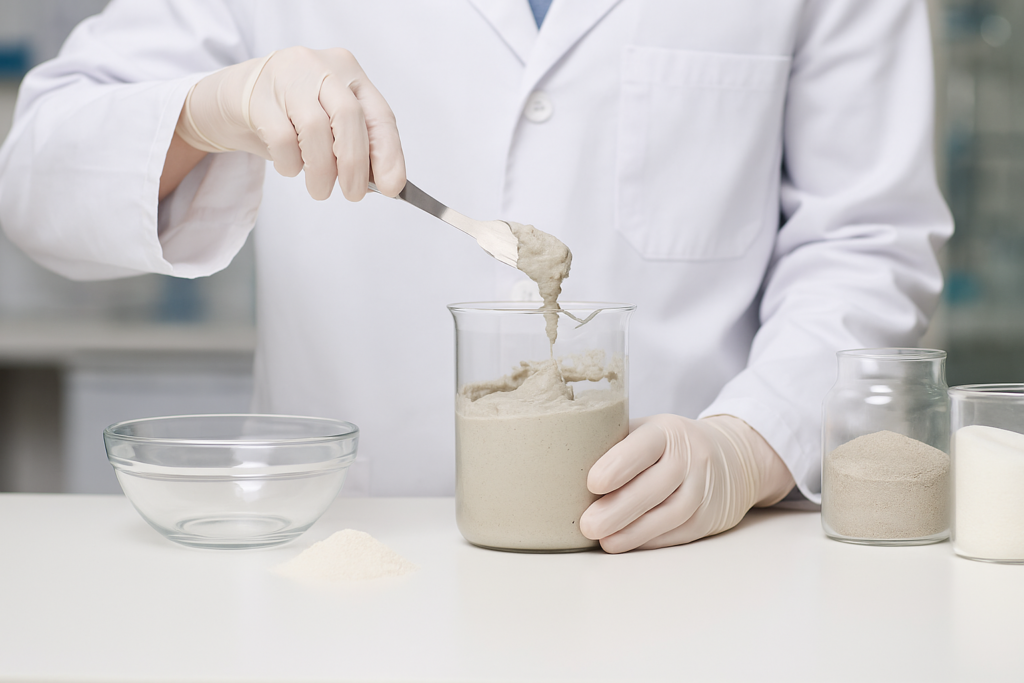
Having worked with hundreds of mortar manufacturers across developing markets, I've identified common formulation mistakes that lead to product failures. The most frequent issue is improper additive dispersion. HPMC and RDP must be thoroughly pre-mixed with dry components before adding water, as clumping significantly reduces effectiveness.
At our technical center in China, we've developed a specialized mixing protocol that ensures optimal dispersion. First, blend the HPMC with approximately 10% of the total sand for 3-5 minutes. Then add the RDP and continue mixing for another 2-3 minutes. Finally, introduce the remaining sand and cement, mixing thoroughly for 5-7 minutes before packaging.
Temperature and humidity control during production is another critical factor often overlooked. Our testing shows that production environments above 30°C or with humidity exceeding 70% can significantly impact additive performance. We recommend controlled manufacturing conditions and adjusting formulations seasonally for manufacturers in tropical regions.
For quality control, we've developed a comprehensive testing protocol that includes water retention measurement (minimum 95%), adhesive strength testing (minimum 0.8 MPa after 28 days), and flexibility assessment through deformation tests. These objective measurements provide certainty that the final product will perform as expected in real-world applications.
Critical Quality Control Parameters
| Test Parameter | Minimum Standard | Optimal Range | Test Method |
|---|---|---|---|
| Water Retention | 95% | 97-99% | ASTM C1506 |
| Adhesive Strength | 0.8 MPa | 1.0-1.5 MPa | EN 1348 |
| Flexibility | 2.5mm without cracking | 3-5mm | EN 12002 |
| Working Time | 20 minutes | 25-30 minutes | EN 1015-9 |
Conclusion
Quality EPS adhesives require precise formulation with high-grade HPMC and RDP additives. By partnering with WANHONG, you'll access premium materials and technical expertise for superior products that outperform competitors.
-
Explore this link to understand the importance of EPS adhesive in ensuring insulation board stability and performance. ↩
-
Discover the applications and benefits of mortar-based bonding materials in construction projects. ↩
-
Learn about the advantages of expanded polystyrene for insulation and energy efficiency in building projects. ↩
-
Understand the significance of redispersible polymer powders in improving adhesion and flexibility in adhesives. ↩
-
Explore the critical role of HPMC in ensuring optimal water retention and workability in adhesives. ↩ ↩ ↩ ↩ ↩
-
Learn how RDP contributes to the strength and flexibility of adhesives, ensuring long-lasting performance. ↩ ↩
